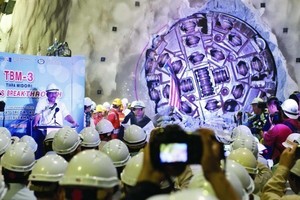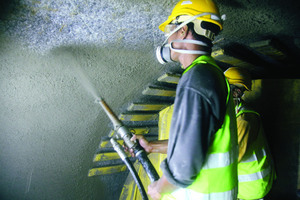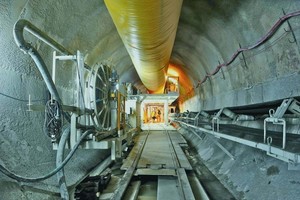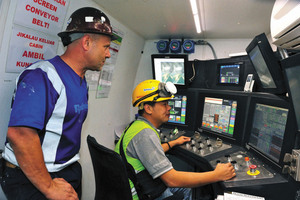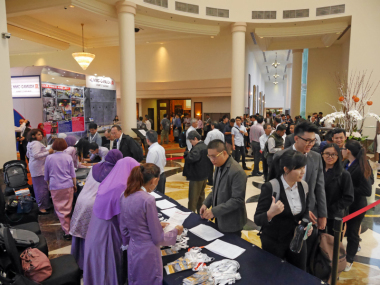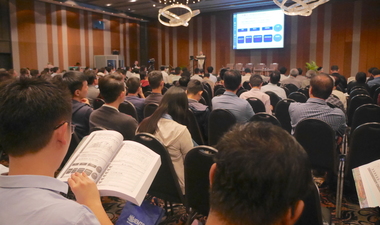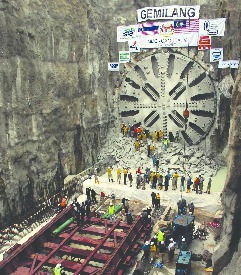Main Beam Machines finish Southeast Asia’s longest Tunnel
Malaysia’s capital Kuala Lumpur is a humid tropical metropolis with millions of inhabitants, but fresh water is still in demand. A new tunnel was commissioned by the Malaysian Ministry of Energy, Green Technology, and Water (KeTTHA), drawing water from the rainforest river Semantan and into the capital to address projected shortages for domestic and industrial use. In 2014, three 5.23 m (17.16 ft) Robbins Main Beam TBMs successfully completed excavation of the Pahang Selangor Raw Water Tunnel, also the longest tunnel in Southeast Asia. with 44.6 km (27.7 mi), passing through the Titiwangsa mountain range under cover as high as 1246 m (4087 ft).
Given the highly variable conditions including hard granite with up to 200 MPa uniaxial compressive strength, multiple fault zones, and quartz dykes, three separate TBM drives were proposed. Sections of Shotcrete Method near the inlet and outlet portals were also utilized in sedimentary rock and granite. KeTTHA selected Shimizu Corporation and Nishimatsu Construction of Japan, along with local companies IJM Corp. and UEM Builders Bhd. (SNUI JV), as the contractor.
To tackle the high cover and tough geology, all machines were equipped with custom back-loading cutterheads and durable large diameter cutters – the smallest diameter cutterheads to ever be outfitted with 19-inch cutters.
The machines maintained excellent advance rates throughout the project despite many challenges including fault zones, variable rock conditions, high rock temperatures, and frequent electrical storms that required machine stoppage. Due to hot springs, water ingress at temperatures up to 56 °C (133 ºF) was recorded. Maximum rates of 49 m (161 ft) in one day, 198 m (650 ft) in one week, and 657 m (2156 ft) in one month were nonetheless achieved – good rates that were at least partially attributed to the early installation of fiber mortar shotcrete as primary ground support. The near-zero rebound system, with its quick set time of 30 minutes, saved a significant amount of time compared to conventional ground support methods. Developed by Japan-based Denka and MCM, the project is the first time the material has been used outside of Japan and was able to successfully stabilize tunnel walls even in loose and collapsing ground.

